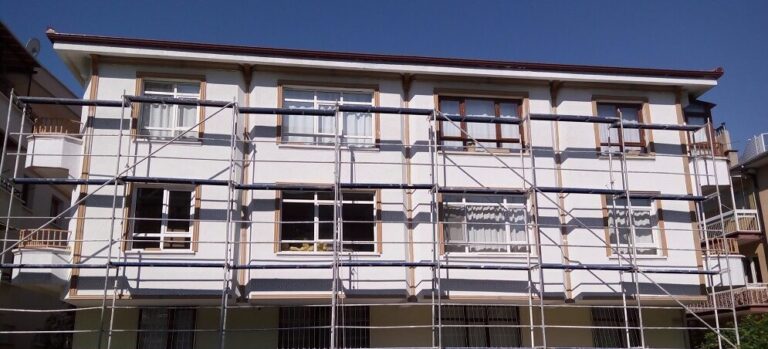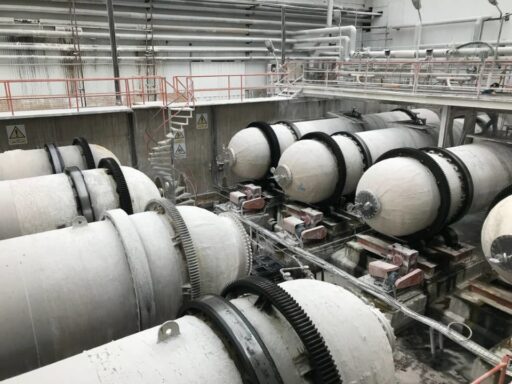Thermal Insulation in buildings and industry

Minimizing energy demand in buildings and industry is key to reducing operating costs and CO2 emissions. One effective way to manage the demand is by using thermal insulation. Thermal insulation is an important technology to reduce energy use in buildings and industries by preventing heat gain/loss through the building envelope or equipment.

The advantages of thermal insulation are not only limited to reducing the demands and costs. A properly chosen and applied insulation can:
- Provide big energy savings
- Save time
- Reduce CO2 emissions
- Increase safety in units and equipment with high temperatures
- Increase production quality
- Avoid molding and condensation problems
- Improve the thermal comfort
- Reduce reliance on mechanical systems for heating and cooling
- Bring acoustics benefits
- Increase fire resistance and fire protection
- Prevent corrosion
- Reduce maintenance costs
- Avoid thermal bridge effect
- And guarantee a long lifetime and endurance
Where to insulate in buildings?
For optimal energy efficiency, your home should be properly insulated from the roof down to its foundation. The Figure illustrates the areas of the home where there should be insulation.
1. Unfinished attic spaces
2. Finished attic rooms with or without dormers
3. Exterior walls
4. Floors
5. Band joists.
6. Seal around all windows and doors


Where to insulate in industry?
There are various applications of thermal insulation in industry with different surface type. The examples are:
1. Pipelines
2. Valves
3. Ducts
4. Furnaces
5. Tanks
6. etc.
_________________________
No related posts.